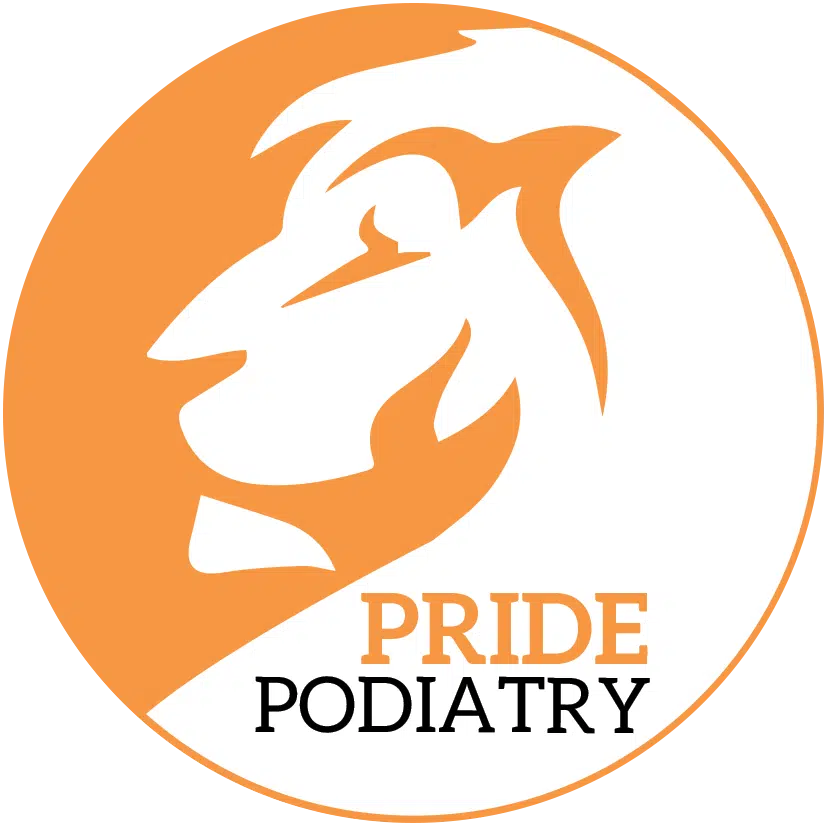Lisfranc Injury: The Basics
On this page, you can learn a little or a lot about a significant injury called a Lisfranc Injury. We have you covered with the basics up top if you want to get into the real gritty details read on for a more detailed analysis.
What is Lisfranc Injury?
A Lisfranc injury is a disruption of any combination of one or more tarsometatarsal joints that can range from a mild sprain to a complete fracture-dislocation. These are acute/traumatic injuries that are typically seen at the 2nd tarsometatarsal joint.
How do they present?
Typically pain and swelling throughout the midfoot. Weight-bearing is often difficult or intolerable.
A significant mechanism of injury is key to the accurate diagnosis of a Lisfranc injury. There will be a history of either direct or indirect trauma to the midfoot. 30% are resultant of low-velocity injuries - think sports-related forced plantarflexion with rotation. 60% are high-velocity injuries- such as motor vehicle accidents or falls from height with a similar overall mechanism to injury. The remaining 10% or so are generally resultant of traumatic crash injuries.
What to do if you have or suspect a client having a Lisfranc injury?
You should see a podiatrist or refer your client to a podiatrist ASAP. Any delay in therapy can lead to risks relating to further damage including post-traumatic arthritis, ongoing pain and instability or complications requiring surgical intervention that may have otherwise been avoided.
If you suspect a Lisfranc injury, a CAM boot should be fitted and the patient advised to only weight bear as tolerated whilst awaiting a podiatric assessment.
During this time, therapeutic advice that is unlikely to cause harm and potentially be beneficial is:
- Education: Pain education, reassurance, avoidance of nocebic language
- NSAIDS orally (if safe to proceed) may be beneficial in reducing inflammation and easing pain in the short term.
- Avoid weight bearing. Take a break from the sport until a podiatrist has assessed the severity of your injury
- Refer to a podiatrist:
“The podiatrist will assess you and give a clear diagnosis, work out why it is happening and plan to get you back to where you want to go. They will look at capacity, loading and plan accordingly. You might need to change your shoes, do appropriate exercises, use devices like orthotics to manage loading. They will advise you what is needed for your sore feet.”
What not to do
- Inject them. Corticosteroid injections will not address the underlying instability of the midfoot and therefore leave the patient at risk of further injury or development of post traumatic complications.
- Delay therapy. Lisfranc injuries are commonly missed on x-ray and accurate diagnosis is often resultant of clear clinical evaluation. If referring for imaging ensuring you arrange weightbearing films of both feet so a comparison can be made.
- Nothing. Doing nothing is a clinical decision that is related to short/long term harm.
An In-Depth Look at Lisfranc injuries
What really is it? Spare me no details
An acute, traumatic injury to the tarsometatarsal joints of the midfoot. The severity of these injuries can range from a mild sprain to a complete dislocation-fracture. A Lisfranc injury can involve any number of the 5 tarsometatarsal joints.
The tarsometatarsal joints promote energy dissipation throughout the stance phase of gait by allowing the force to be transferred between the rearfoot and forefoot.
These joints form the transverse arch of the foot, with the second tarsometatarsal joint acting as the keystone. This aids in maintaining the stability and integrity of the midfoot.
Lisfranc injuries are relatively rare but are clinically significant due to the debilitating consequences to a patient if missed.
The presenting symptoms
Lisfranc injuries typically include diffuse pain and swelling around the midfoot with an inability to weight bear.
Symptoms can also include bruising and signs of vascular compromise due to the location of the dorsalis pedis artery.
Provocative movements will include forefoot on rearfoot inversion, passive dorsiflexion and plantarflexion of the tarsometatarsal joint and passive pronation and abduction of the forefoot.
The pain will be most pronounced early into the propulsive stage of gait as the midfoot becomes a rigid lever for weight transfer.
There will also be a clear significant mechanism of injury. Twisting on a maximally plantarflexed foot is a common example of this. Some form of either direct or indirect trauma to the midfoot will be evident throughout the patient’s subjective history.
Some lisfranc injury myths, falsehoods and quarter truths
“It is just some bruising, it will be fine within a few weeks”
Missed Lisfranc injuries are notorious for ongoing complications when not treated correctly in the initial stages of healing. Complication risks include the development of post-traumatic arthritis, chronic pain and instability or non-unions requiring surgical intervention.
“You will require surgery”.
Mostly nope. If appropriate offloading, stability, load management and strengthening principles are correctly applied throughout the various phases of healing; a patient may regain full function without complication and therefore avoid surgical intervention.
“Imaging is required”
Why? A thorough history will point to a clear clinical diagnosis. Lisfranc injuries are often missed on initial x-rays, approximately 20% of the time. Quite often, awaiting imaging results means a delay in appropriate treatment which can have serious consequences.
If a Lisfranc injury is suspected, follow clinical reasoning and apply appropriate offloading mechanisms before referring for scans.
Lisfranc injury treatment options
Lisfranc injuries are acute and traumatic, therefore if you are suspecting that this may be the driver of pain, a CAM boot should be fitted immediately and the patient advised to only weight bear as tolerated whilst awaiting a podiatric assessment.
Treatment should focus on three aspects. Load optimisation, capacity building and education.
Load optimisation is where we work out what loading is essential and what is potentially pathological. In the initial stages of healing, minimal loading is required to aid the union. However, as these structures of the midfoot repair, it is important that the patient is not deconditioned to a point of the heightened risk of further injury. We need to maintain tissue capacity as much as possible without overloading the injured area.
We do this via:
- Footwear
- Strapping
- Padding
- Orthotics
- Gait Training (for runners)
Capacity building is taking the fixed capacity of work that the foot is currently doing, and increasing it. Spending time offloaded does allow for the initial stages of healing, but it also decreases the overall strength of the structures of the foot as a whole.
Constant progressions are made to a tailored strengthening program to return a patient back to their pre lisfranc injury capacity and often build on this.
Education for lisfranc injuries really means pain education. When we take the time to talk through pain in terms of nociception; it empowers our clients to take charge of their lisfranc injury.
We also take the time to explain to every client the exact treatment planned progression, their symptoms and allow opportunities for discussion and questions. This leads onto the critical step of goal setting.
There’s also the 5% ‘ers. This can include pain modulation with NSAID’s, massage, and icing.
Lisfranc Injuries and goal setting
Such an overlooked yet critical aspect of health care, actually asking what our clients want and why. One patient may be focused solely on avoiding surgical intervention, while another may need to return to high-level sport as soon as possible. Although the expectations may vary, pain relief will almost always be a top priority. We use goals to not only guide our treatment plans but to also quantify progression throughout the patient’s journey back from a lisfranc injury.
Further resources
- Epidemiological Study on Lisfranc Injuries. Acta Ortop Bras. (2017). Sobrado. M, Saito, G, Sakaki, M, Pontin, P.
- Lisfranc Injuries. British Medical Journal (2013). Wright, M, Michelson, J.
- Lisfranc Injuries. Australian Family Physician (2017). Wynter, S, Grigg, C.



